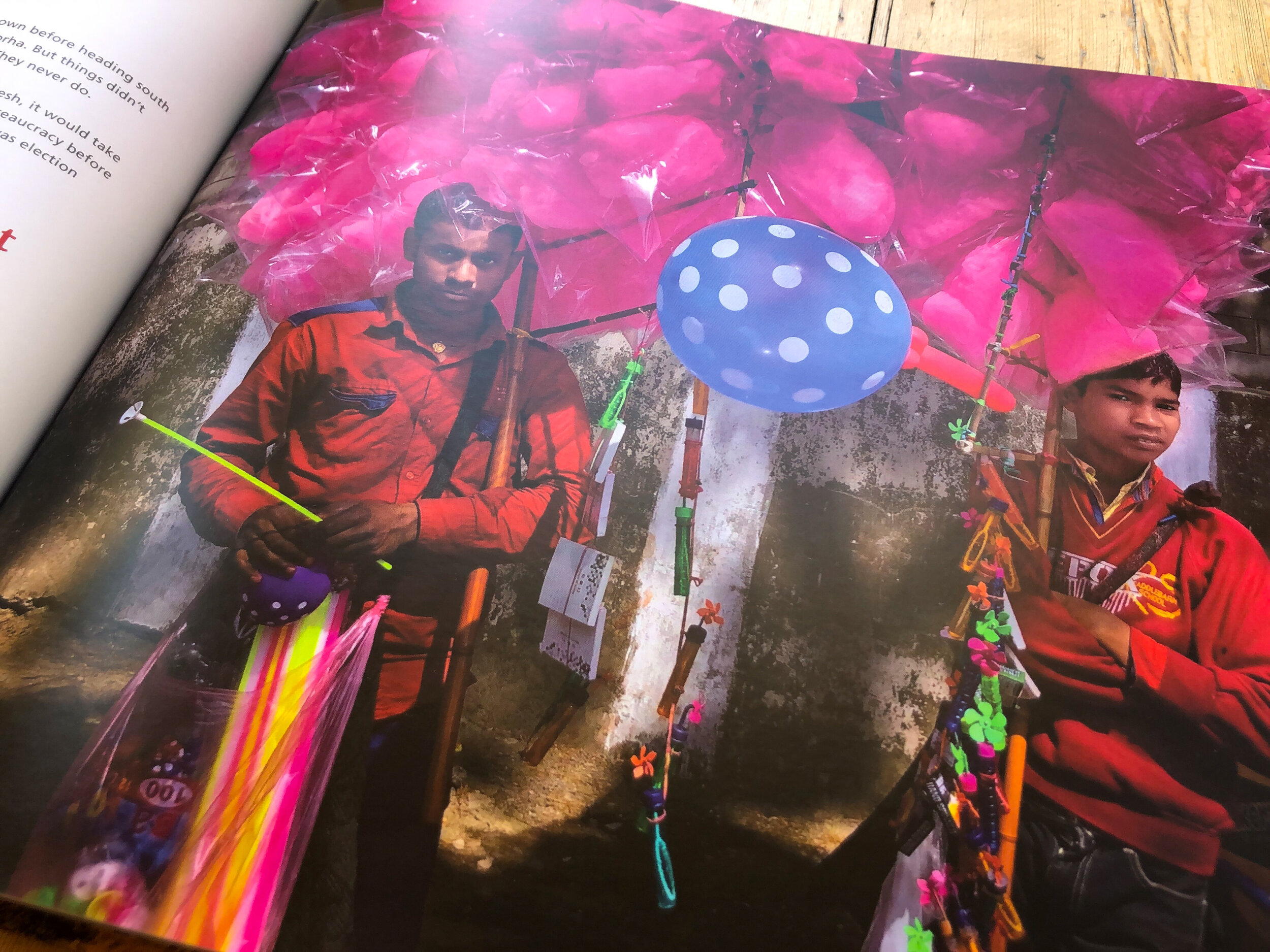
JOURNEYS WITH A SMARTPHONE
Meghalaya
The wettest place on Earth, Meghalaya is a treasure-trove of stunning waterfalls, 'living bridges', caves, rock formations and deep, forested valleys. It's one of the 'Seven Sister' states that form Northeastern India.

DESPERATELY SEEKING DUMBO
The National Parks of the South Garo Hills
Situated in the South Garo Hills close to the Bangladeshi border, the National Parks of Meghalaya are biological hotspots famed for their plethora of flora and fauna. I was hoping to have a close encounter of the pachyderm kind.
Balpakram National Park
Gazetted in late 1987, the park covers around 350 sq km, including the surrounding community reserves. The park itself (some 240 sq km) contains no human settlements though there are remains of overgrown, rewilding village farms.
The park consists of deep, forested gorges etched out by rivers, extensive limestone formations, caves, and a stunning plateau — often referred to as the ‘Little Grand Canyon’ — the remnant of an ancient Pre-Cambrian peninsular shield.
Before Christianity and Hinduism got to them, the tribal people of the seven Northeastern states (The Seven Sisters) were animists. Myths and legends abound in the region and no more so than Balpakram, the Garo people holding deep religious and cultural significance to this sacred place. It's where the dead wait for their afterlife to begin, tethering their cattle to trees and washing their charred, cremated bodies in pools of blackened water.
Meghalaya still has a large population of elephants, second only to Assam in the region. There could be up to 500 individuals within the wider park area. Sightings are fairly common too. How long this remains is open to question. The state is fast losing its forests.
The scenery was magnificent in scale and beauty. Hoolock Gibbons hollered in the surrounding jungle. We had lunch by an incredible natural dam — an enormous slab of limestone splitting the river in two — and I pondered the timeline of when this natural event might have occurred, whether civilisation had begun or whether we’d even come down from the trees. We hiked back along the river, a thunderstorm overhead.
On the way back to camp, I decided to hop out of the jeep and continue walking alone for around 5km along the path. It's incredible how, even in daylight, the jungle gives you a sense of unease. As darkness fell — and I got closer to the site of known elephant activity — I heard a low, deep grumbling, the movement of branches, and a distinct musky smell in the air. Close enough!
Nokrek National Park
Established in 1988 and named a World Heritage site by UNESCO in 2009, Nokrek is a large-ish biosphere — where people and nature are in 'balance' — a thin strip of highland jungle stretching down from Tura in the west to Siju in the south of Garo.
A mix of evergreen, moist deciduous, subtropical broadleaf and bamboo forest, it's a vital water catchment area. The core, buffer and transition zones cover almost 820 sq km though some land is privately owned and subjected to quite brutal jhumming (Slash-and-Burn). Home to the progenitor of all citrus fruit, the Citrus Indica, it's the last remnant of its kind in the region.
A 12km dirt road took us to our lodge, past the village of Daribokgre, and to the edge of the park proper. Most of the hills were bare with pockets of rich forest, the whopping of Hoolock Gibbons reverberating noisily.
The next morning, my guide and I set off on a 24km trek. We passed through dry riverbeds and thorny undergrowth, the whole place enchanting and full of the tall trees missing in most other forests. It started raking it down, and we sheltered under a pile of rocks watching like Neolithic men as the storm eventually subsided.
The place was exquisite, sumptuous, and alive. Hoolock Gibbon checked us out for 30 seconds before bolting. The trees are stunning sentinels. Before returning, the final destination was Tiger House, an outcrop where the big cat once slept – long gone.
It's hard to take in sometimes as it's difficult to look up when walking in a jungle. But it opens up into a different world when you stop and watch in silence.
Despite considerable evidence of my big-eared friends being in the vicinity, alas, I was out of luck.
















